5 Healthy Plants You Need to Grow in Your Garden
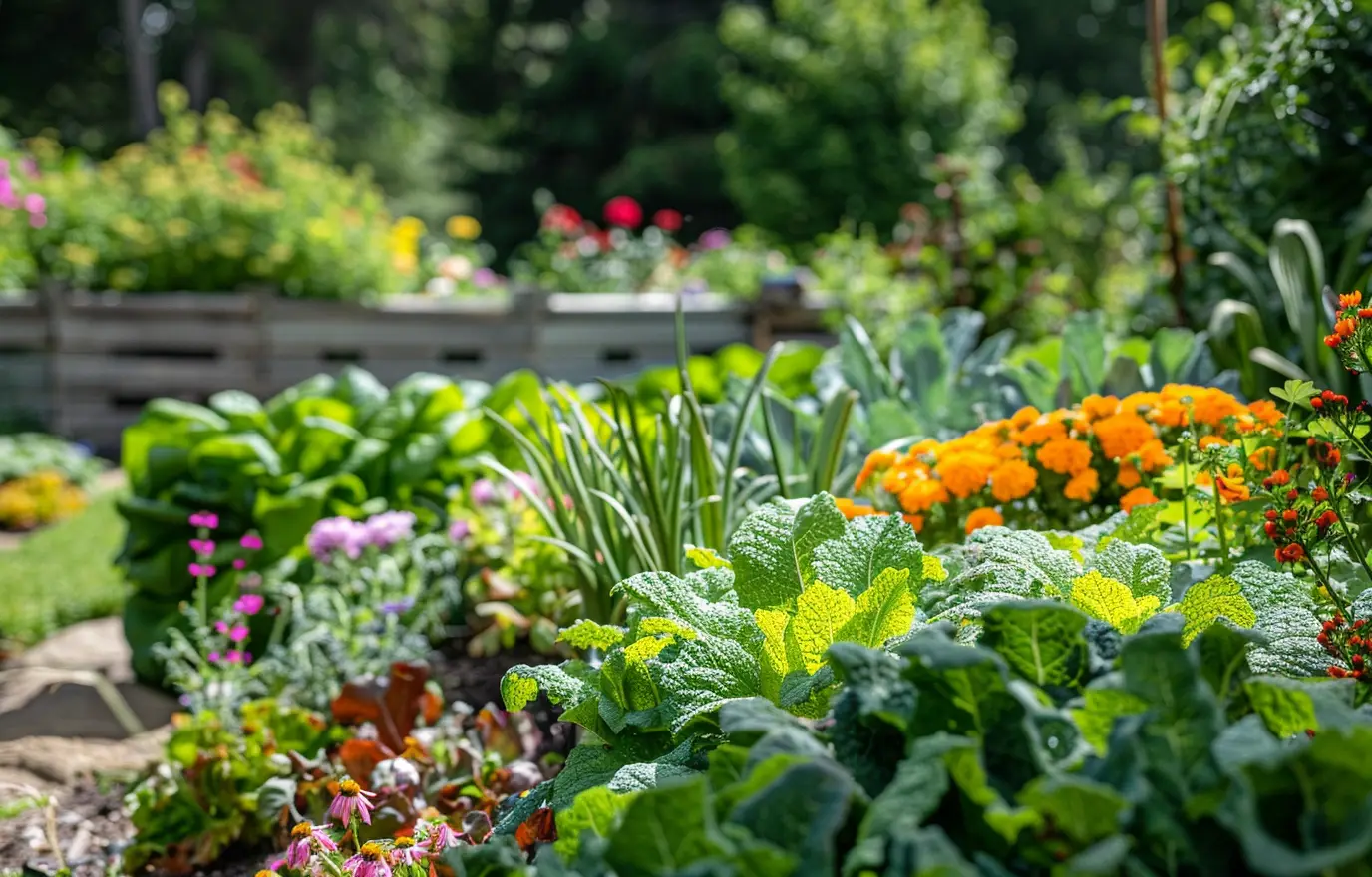
Growing your own veggies and herbs not only enhances your garden but also boosts your health. Imagine stepping into your backyard and picking fresh ingredients that are both delicious and nutritious. Whether you’re a seasoned gardener or just starting, these five plants are easy to grow and offer incredible health benefits. Let’s dig into what makes them special and how you can cultivate them in your garden.

1. Kale
Why it's healthy: Kale tops the list as one of the most nutrient-dense foods around. Packed with vitamins A and C, minerals, and antioxidants, kale is known for its cancer-fighting properties and its ability to lower cholesterol. It’s also great for maintaining healthy eyesight.
How to grow it: Kale is a hardy plant that thrives in cooler weather, making it perfect for spring and fall gardens. Start by planting seeds about 1/2 inch deep in well-drained, moist soil. If you're using seedlings, space them about 12 to 18 inches apart. Kale is resilient to cold, so it can even survive light frosts, extending its harvest period until the ground freezes. Ensure consistent moisture to keep the leaves tender—dry conditions can lead to tough, bitter leaves. Regularly check for pests like aphids and caterpillars, and consider applying a layer of mulch to help retain soil moisture and regulate temperature.
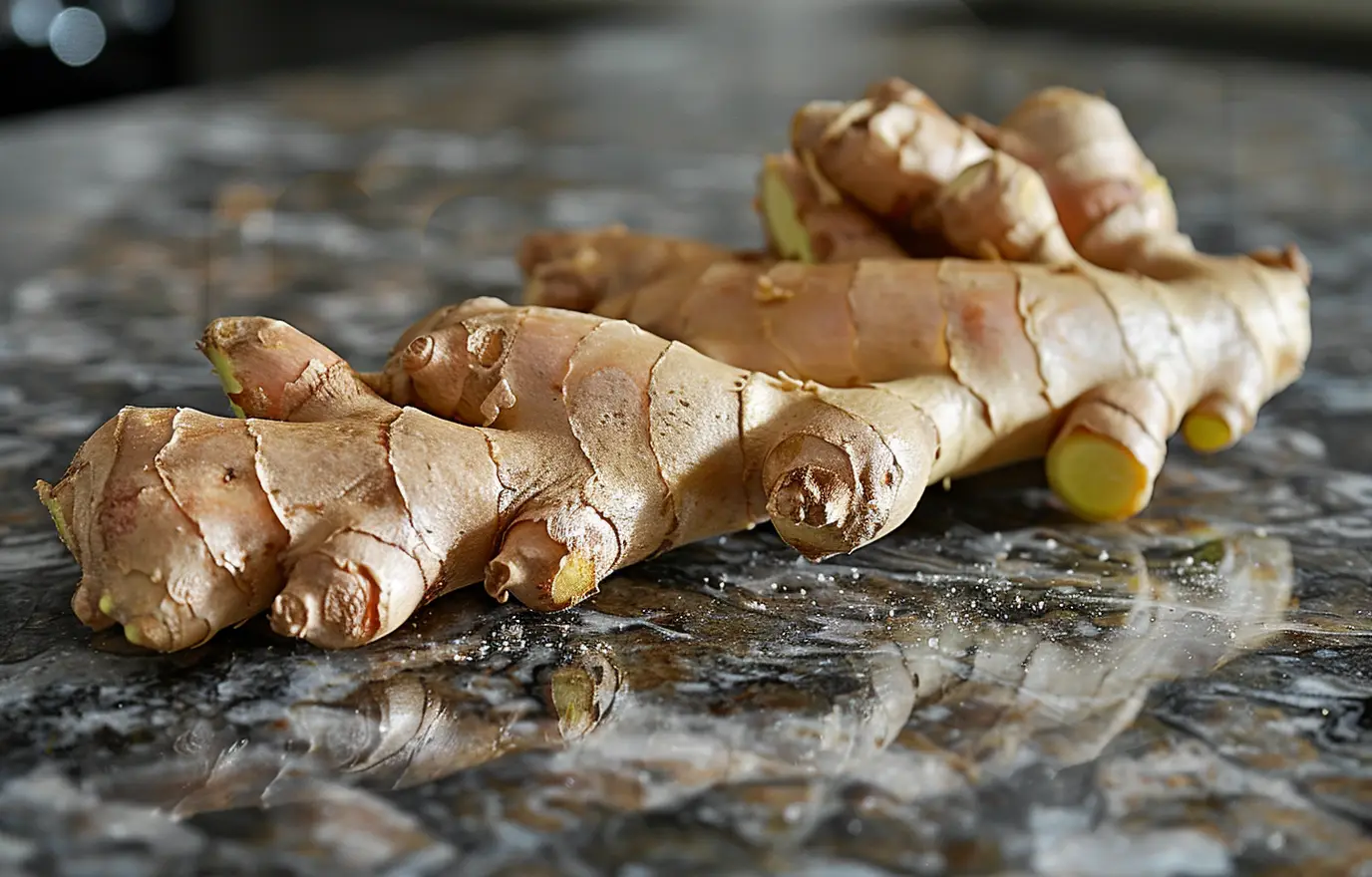
2. Ginger
Why it's healthy: Ginger is a powerhouse for digestive health. It can soothe an upset stomach, relieve muscle pain, and alleviate arthritis symptoms.
How to grow it: Ginger is typically grown from rhizomes, which are root-like structures. Start by purchasing fresh ginger roots with visible buds, often called "eyes." Break the root into smaller pieces, ensuring each piece has at least one bud. Plant these pieces in a shaded, well-drained area of your garden or in a large pot with good drainage. Ginger prefers a warm, humid environment, so be sure to keep the soil consistently moist but not waterlogged. Ginger takes several months to grow, so patience is key. In about 8 to 10 months, the plant will be ready to harvest. If you’re growing ginger in a pot, you can simply pull the rhizomes out of the soil when they’re mature.
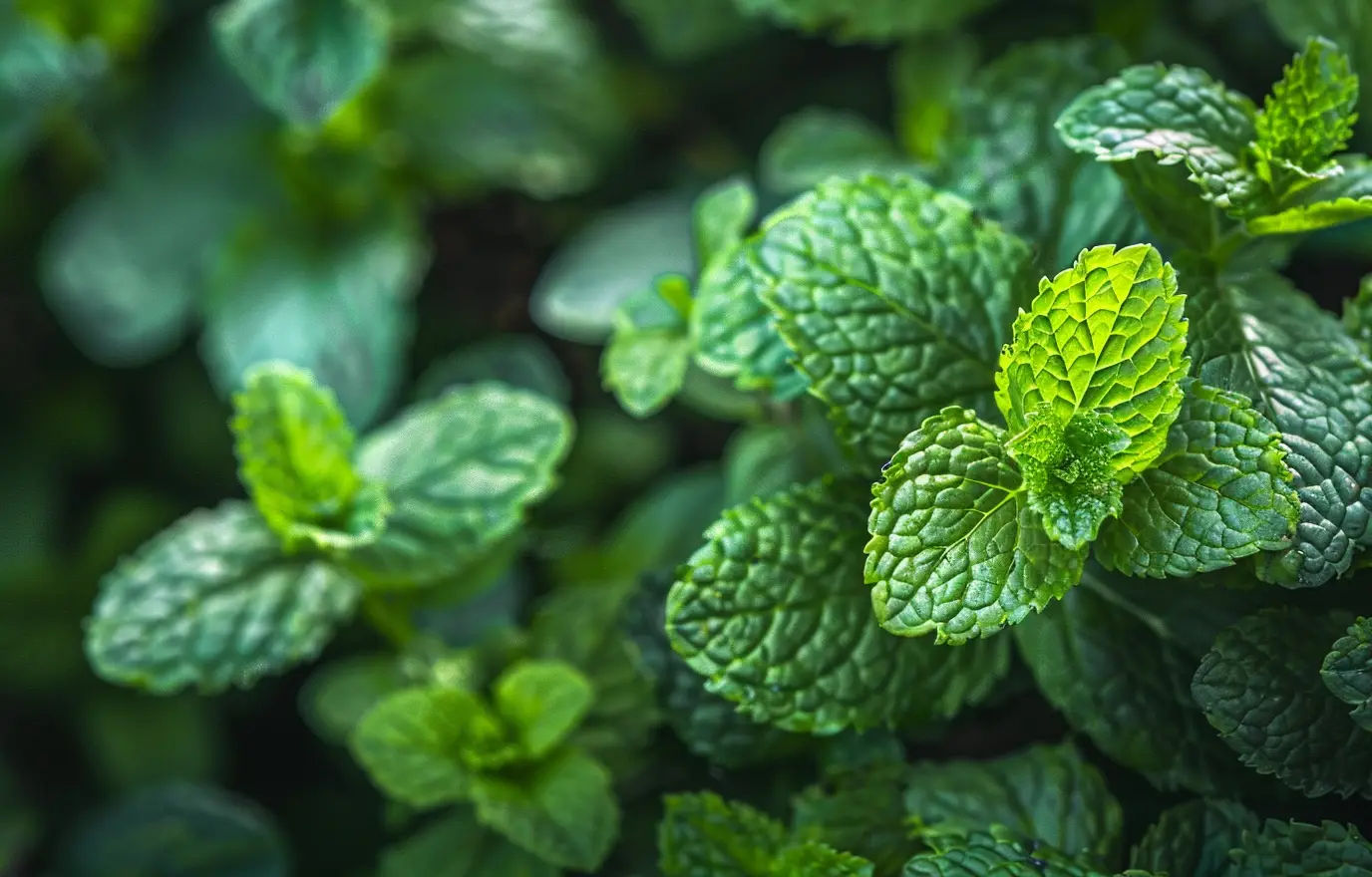
3. Mint
Why it's healthy: Mint aids digestion and reduces inflammation, making it a great addition to your garden.
How to grow it: Mint is a vigorous grower and can quickly spread, so it’s best to plant it in a contained space. Purchase a mint plant from a local nursery or garden center. Plant it in moist, well-drained soil, spacing plants about 15 inches apart to allow for their spread. To prevent mint from overtaking your garden, you can use a container or bury a mesh bag in the soil to keep the roots contained. Mint prefers partial shade but can also tolerate full sun. Regularly water the plant to keep the soil moist, and prune the plant frequently to encourage bushier growth and prevent it from becoming too leggy.
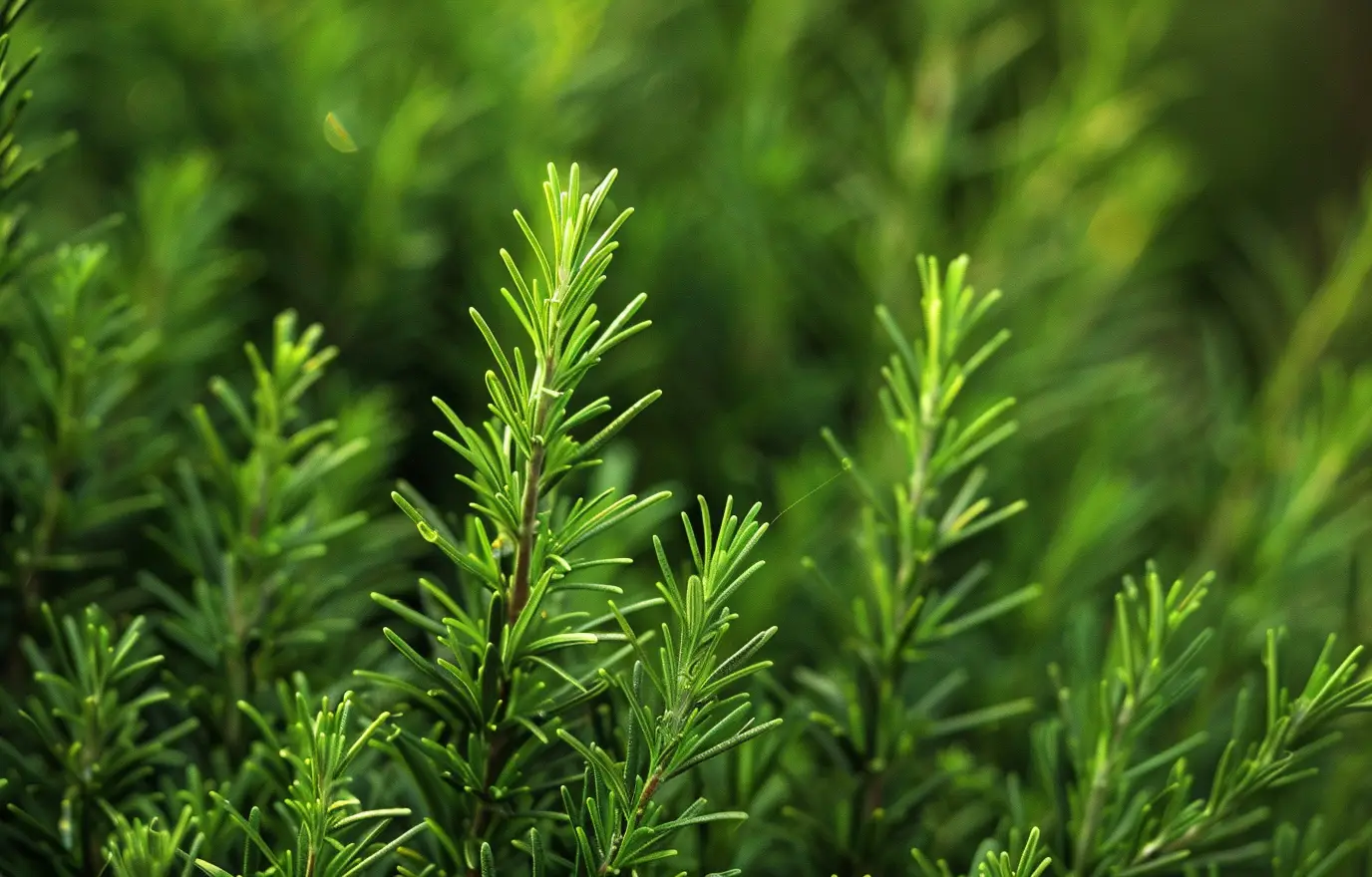
4. Rosemary
Why it's healthy: Rosemary is rich in iron, calcium, and vitamin B6. It supports memory, and boosts both the immune and circulatory systems.
How to grow it: Rosemary thrives in warm, sunny conditions and well-drained soil. Start by planting rosemary seedlings or seeds in a location that receives full sunlight. Space the seedlings about two to three feet apart to allow for their mature size. Rosemary prefers soil that is slightly sandy or loamy with good drainage. Water the plant regularly but avoid overwatering, as rosemary is susceptible to root rot in soggy conditions. To encourage a bushier plant, you can trim the stems back periodically. Harvest rosemary by cutting stems and allowing them to dry in a well-ventilated area.
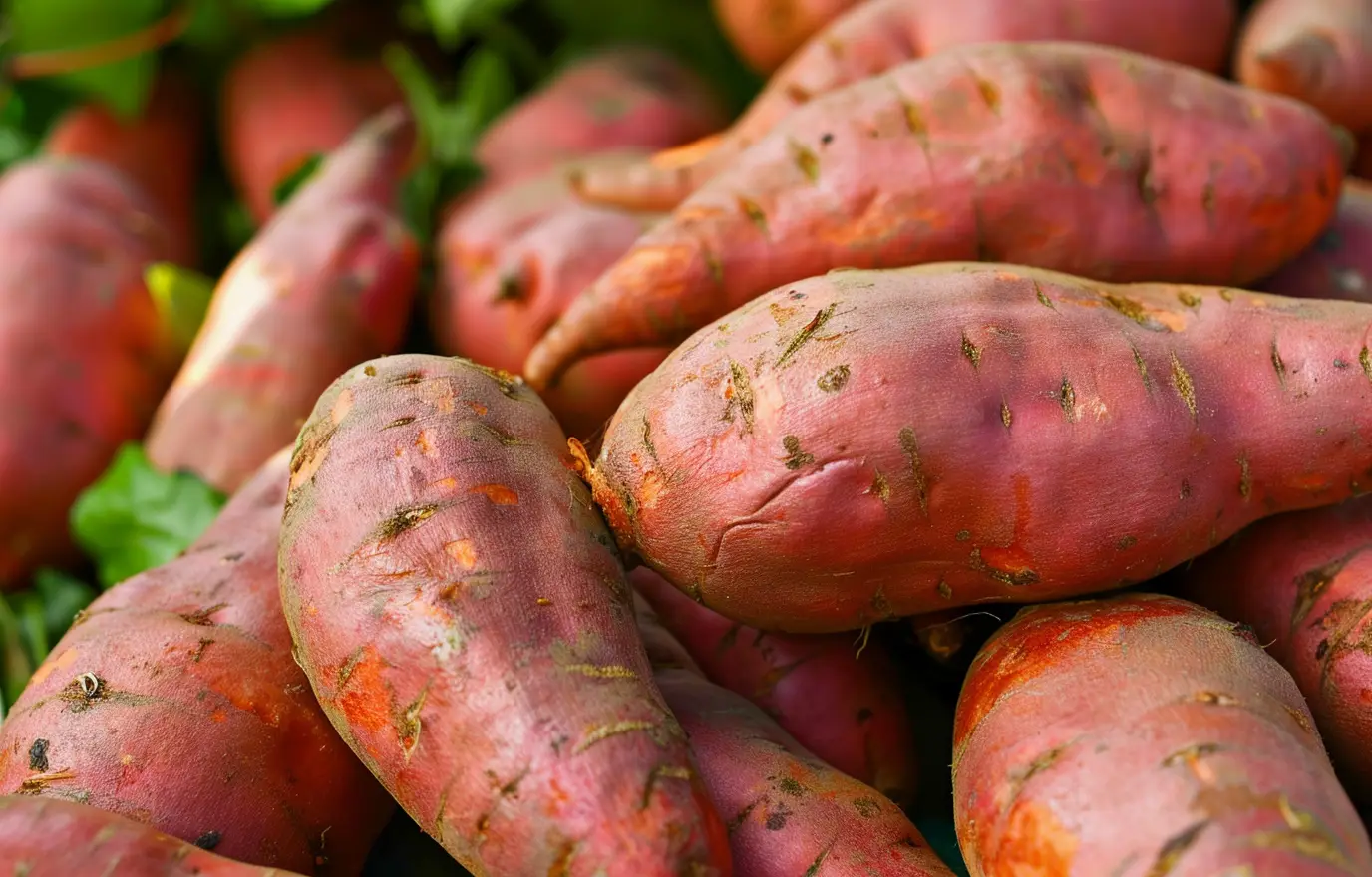
5. Sweet Potatoes
Why they're healthy: Sweet potatoes are high in vitamin B6, which supports heart health. They also contain antioxidants that combat cancer and aging.
How to plant them: Sweet potatoes are grown from slips, which are sprouts that emerge from mature sweet potatoes. Purchase sweet potato slips from a garden center. Plant them in fertile, well-drained soil 12 to 18 inches apart. Bury the slips deep enough to cover a bit of the stem and the roots. Ensure the soil remains consistently moist, but avoid waterlogging. Sweet potatoes need warm temperatures to thrive, so wait until after the last frost to plant them. The plants will spread out, and after about 3 to 4 months, the tubers will be ready for harvest. When the foliage starts to turn yellow, it’s a sign that the sweet potatoes are mature.
Integrating these five healthy plants into your garden not only enhances your green space but also provides a range of health benefits. From the nutrient-packed kale to the aromatic rosemary, each plant offers unique advantages and can be a rewarding addition to your garden. So grab your gardening tools and start planting—your garden and your health will flourish!

